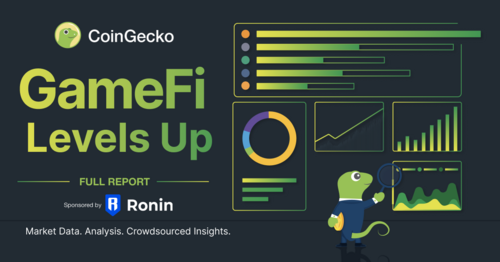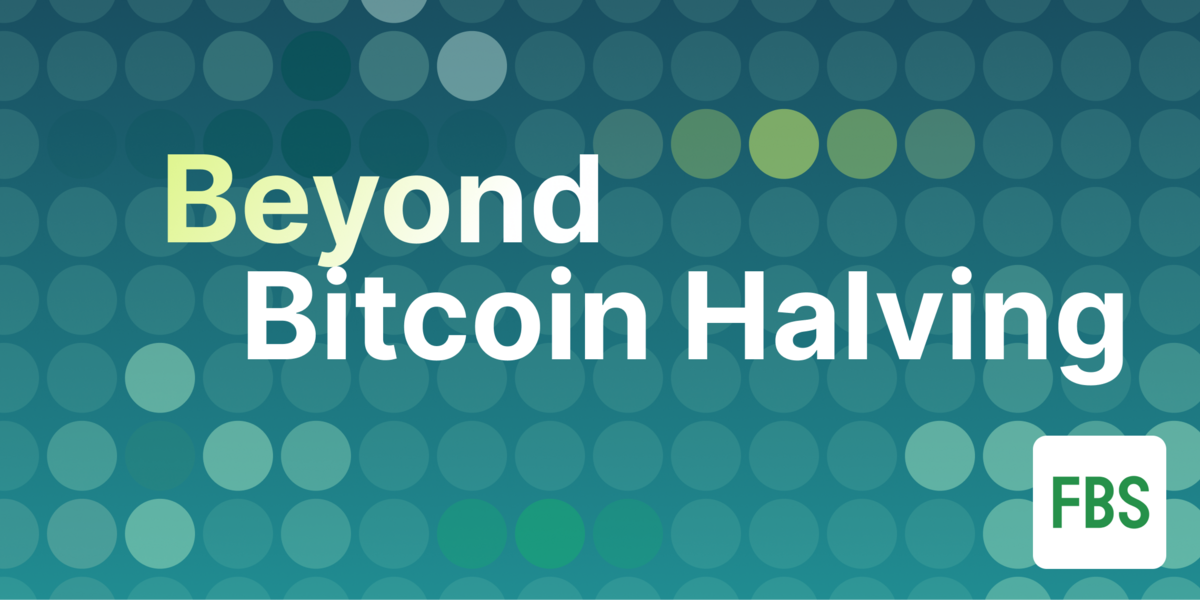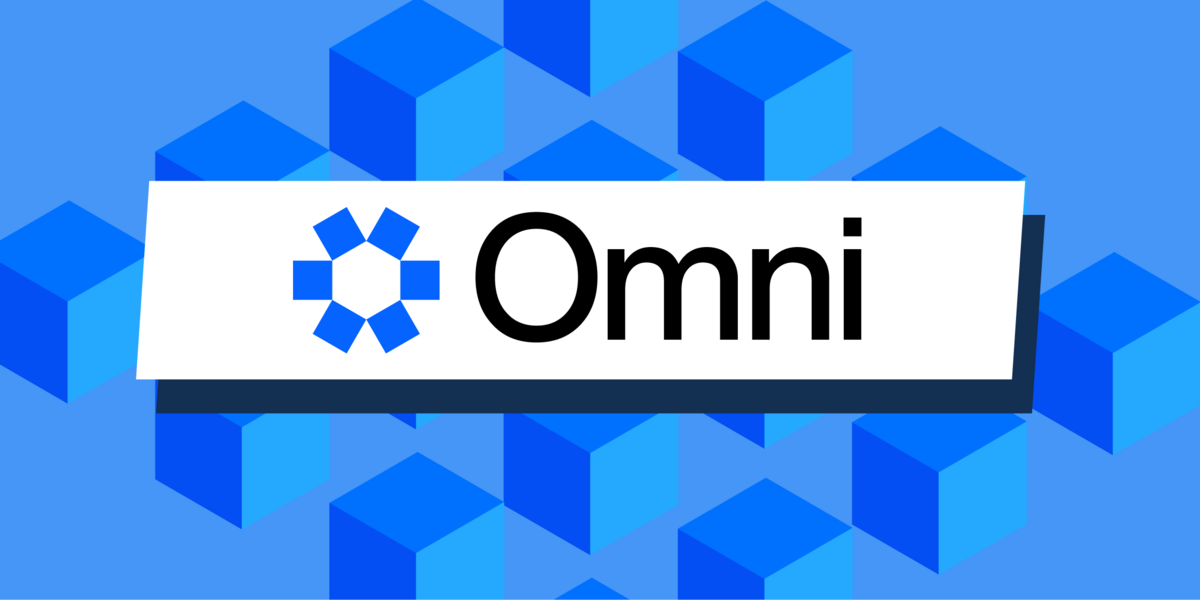Star Atlas is a space-themed massively multiplayer online game (MMO) currently in production. The game revolves around space exploration, territory control, and political dominance. The development team aspires to create a metaverse experience that will disrupt how people interact socially, economically, politically, and governance in general. Star Atlas can be imagined as a virtual universe parallel to the physical world, free of geographical constraints.
The game held its first token generation event in August 2021 and began selling their first pieces of the universe in September, causing quite a hype in the crypto community. However, there is still a long way off before users can expect any playable content (discussed more later).
At first glance, many will quickly notice the amazing trailer and sleek official website for Star Atlas. If you haven’t already, here it is.
So, what exactly is Star Atlas?
Star Atlas is a grand strategy game set in the year 2620 in the distant future. Three factions split control of the space, competing with each other for valuable resources and assets. The project’s ultimate goal is to become a digital world parallel to our physical world with self-sustaining economics and business activities.
Like some other decentralized autonomous organizations, the project facilitates its digital economy through decentralized finance (DeFi) constructs that include lending, yield farming, and automatic market-making.
The project plans to use Unreal Engine 5's Nanite technology to create a true sense of immersion, allowing the game to display hyper-realistic cinematic visuals.
Many people would find similarities between Star Atlas and Star Citizen, a game that has yet to be released but has been in development for more than ten years, both of which emphasize space exploration and a persistent universe.

What are the in-game currencies in Star Atlas?
The main driver of value within the Star Atlas game world is the monetary reward system (or Play-To-Earn) delivered via decentralized economics and in-game mechanics. There are two main fungible tokens serving as in-game currencies, ATLAS and POLIS. The game is built on the Solana blockchain, allowing for high throughput and low transaction fees. Participating in DeFi activities such as lending/borrowing, yield farming, and earning fees from AMMs is made easier with integration with Serum.
The ATLAS Token
ATLAS is the platform's native token, serving as the trading currency within the game. It is used for transactions with non-playable characters (NPCs) as well as P2P ship, crew, component, land, and equipment transactions.
There are some operating costs to consider when playing Star Atlas, which may include repairing damage, resources mining, and providing fuel for ships. These are also paid for in-game using ATLAS. ATLAS is also the currency used in the game’s NFT marketplace to purchase NFTs such as space ships.
Atlas Distribution
The POLIS Token
POLIS is the governance token of the game, similar to AXS in Axie Infinity. Holders of the POLIS token vote to determine what activities can take place on their land, levy taxes on other players, and enact laws that other players must follow.
Once the game is live, the only way to gain access to POLIS is by staking ATLAS. However, 20% of the tokens will be available for purchase in the Galactic Atlas Offering, which we will discuss further later.
1. Polis Distribution
POLIS distribution will take place in two stages.
During the first stage, aka the Galactic Asset Offering (GAO), 20% of the governance token will be sold.
Following the GAO, the remaining POLIS will be distributed as rewards for staking ATLAS.
2. Governance Utility
POLIS is a governance token that can be utilized in-game and to direct the game's real-world policy. It grants players political power among factions as well as influence over Star Atlas developers' decisions.
(a) In-Game Governance
POLIS represents voting rights in the virtual world. POLIS holders will have unique jurisdictional ownership over entire regions, regardless of who owns the title (NFT) to the land and rights to the equipment.
These players will be able to limit some of the activity that can occur under their supervision, levy taxes on other players, charge tolls, and enact laws that other players must follow.
(b) Real World Governance
POLIS will essentially give the gaming community a greater influence on the Star Atlas development team's decisions. However, this is expected to come after a period of centralized decision-making, which is expected to last 2-3 years. At the end of the centralized period, holders will be able to influence game economics (i.e. inflation rates), asset release schedules, game direction, and more.
How does the project generate funds to build the game?
Star Atlas has separated the game's funding in the form of asset sale into five phases in order to complete the whole vision of the Star Atlas universe. Based on the development milestones, each phase provides a new opportunity for the game to generate funds.

PHASE 01: Galactic Asset Offering (GAO)
During the GAO, in-game assets (NFT space ships) are being released in limited numbers to satisfy the initial demand from the community and collectors looking to get their hands on the very first generation of the game’s NFTs. The NFTs depict high definition space ship concept arts. For more details, you may view the GAO brochure. Two waves of GAO were concluded in early September.
Game assets released in this phase will not be playable until Phase 2. However, these assets can be traded P2P or through the platform’s DEX immediately.
PHASE 02: Browser Mini Game
Star Atlas will release a browser-based minigame as a minimum viable product. In-game assets may be purchased and used right away in the minigame.
During the minigame phase, assets acquired will be configurable within the context of the Star Atlas feature set. Asset sales within the minigame will generate ongoing revenue for the phase.
PHASE 03: Shipyard Module Sale
Following the successful launch of Phase 2, full production of Star Atlas on Unreal Engine 5 begins. The first milestone of this game version will be the deployment of a functional Shipyard Module. This module allows players and collectors to examine their final in-game assets, but it is restricted to the shipyard of their chosen faction's central space station.
Another wave of public assets sales will be planned during this phase. Meanwhile, asset sales within the minigame will continue to generate ongoing revenue.
PHASE 04: Final Pre-Sale at Beta
The beta version of Star Atlas should have been successfully launched prior to this phase. All remaining pre-live assets will be available for purchase and can be used immediately in the Star Atlas beta build.
PHASE 05: Ongoing Sales
Following the full launch of the live version of Star Atlas, all production-ready assets will no longer be available for purchase once they’ve sold out.
Ongoing sales of newly introduced assets will be restricted to new concepts and post-live production-ready assets developed by the Star Atlas development team.
Also, Star Atlas’ parent company will levy transaction taxes on every in-game trade.
Star Atlas Factions
At the time of writing, choosing a faction is one of the few things that players may do during the early stages, and each faction has its own advantages and disadvantages in terms of dominance over various resources across the galaxy. Generally, the first thing a newcomer would talk about is which faction they should join.
The MUD Territory
The MUD Territory is ruled by The Human Kind. MUD-controlled space is within proximity to raw materials that are used in the component manufacturing process for distant astronautical travel and ballistics technology.
Faction Traits: Firepower, Industrious
Local Resources: Tenon, Hicenium, Diamond
The ONI Region
The ONI Region is led by a consortium of alien races. The primary advantages of joining the ONI Region are access to densely clustered raw materials within their controlled space. These materials are highly sought after for use in the development of advanced stealth and radar technologies.
Faction Traits: Diplomatic, Technological
Local Resources: Jasphorus, Chisenic, Gold
The Ustur Sector
The Ustur Sector is commanded by the Cybernetic sentients. Join the Ustur Sector to forge your own path in the physical universe. Gain access to rare minerals that are essential in the development of highly nimble thruster technology and top-tier hull reinforcing pipelines.
Faction Traits: Hull Strength, Exploratory
Local Resources: Viscovite, Dodiline, Lithium
Star Atlas Marketplace
The Star Atlas Universal Marketplace will connect all in-game players to buy and sell all asset types as well as post job listings for paid, in-game tasks. Players can place bids or settle for the price limit right away. The vast majority of the assets traded on the Marketplace will be earned by completing in-game tasks.
Marketplace also serves as a repository for assets obtained through pre-sale and concept sales. It is now operational, and you can use the Atlas token to make purchases.
Star Atlas Revenue Distribution

According to the Value Matrix of Star Atlas white paper, a portion of revenue from operations (derived from asset sales and currency sales) will be allocated to token repurchase & burn mechanisms (refer to 1), while the remainder will be calculated into net income and distributed as dividends (refer to 2).
Star Atlas UAMM
Net proceeds from the sale of NFT assets will be contributed to an ATLAS:USDC AMM pool as a Universal LP. These funds will be available to any player who wishes to exchange in-game produced currency for alternative digital assets.
Atlas Co. will become the buyer of last resort in this pool, willing to purchase ALL remaining ATLAS units at a price equal to the USDT deposited in the pool divided by the total number of ATLAS units in circulation.
Star Atlas Token Burn
The Star Atlas development team will participate in a token acquisition and burn mechanism in addition to contributing to the UAMM. These transactions will take place on the same open-market DEXs to which all players have access.
ATLAS repurchases, similar to UAMM contributions, will come from gross company revenues, leading to a decrease in circulating supply.
When will Star Atlas come out?
The full actual game, on the other hand, does not appear to be coming out any time soon. In the words of Star Atlas' CEO Michael Wagner, the game's release date is "many many years" away. According to Star Atlas Discord moderators and community members, the game is expected to be released in 5-8 years.
What Can I Do Now?
At the time of writing, you may connect your wallet, choose a Faction, visit the decentralized marketplace to buy some NFTs, hold ATLAS tokens, and view the Leaderboard, which ranks the Factions by their total asset value. You can also watch the trailer over and over again, as some Star Atlas enthusiasts recommend. After all, the trailer does seem pretty cool.
Star Atlas Experience: link
Star Atlas Homepage: link
You can of course trade ATLAS and POLIS on centralized crypto exchanges such as FTX, or Solana decentralized exchanges like ORCA and Raydium if you wish to buy or sell the tokens.
Roadmap
If you wish to be a part of this project, make sure you bookmark the project's roadmap to keep track of its development progress at all times.
Star Atlas Roadmap: link

What is needed for Star Atlas to succeed?
As one of the largest metaverse projects in the crypto sector right now, if not the largest, we all hope that Star Atlas will succeed and, perhaps, triumph over the market's centralized metaverse to demonstrate the superiority of decentralization. Furthermore, because Star Atlas is built on one of the fastest and cheapest blockchains, it naturally excites people to speculate on how it will turn out.
However, there is far too much uncertainty. Anything can happen during the many years of development, and even if the game is launched, success is also not guaranteed. Before we get into some of the fundamental requirements for Star Atlas to succeed, let's look at some of the opposing viewpoints in the Star Atlas community.
1. NFT before game development
Many crypto enthusiasts are puzzled as to why the team is obsessed with creating concept art and selling it as NFTs rather than creating ready-to-use game assets. Moreover, the game team appears to be unbalanced, with a large number of concept artists and only a few gameplay designers and engineers.
What’s happening is that in typical game development, the pre-production does involve creating a lot of concept art, and Star Atlas is attempting to monetize this phase as much as possible. However, creating concept art should not be the only focus during pre-production, and it’s important for the team to show progress in other areas as well.
If everything proceeds to plan, the full production of Star Atlas on Unreal Engine 5 will begin after Phase 2 (Browser Mini Game).
2. Transparency of development
What is the game like? When can I see part of the game? When is it out? Why is SCORE delayed? Why not reveal MUSHROOM and APPLECORE? — These are some of the most frequently asked questions on the Star Atlas Discord server. However, most of the time, no one has an answer.
According to the Star Atlas white paper, there will be 2-3 years of initial centralized decision-making before the community can make decisions with their respective voting rights, so their developers may be less involved in the community than those of the other decentralized organizations. It is also possible that some of the details might be confidential and any disclosure would jeopardize the project.
3. Sufficiency of resources
Eventually, it leads me to the ultimate question: is the current team of Star Atlas capable of building something so vast and massive?
As CoinDesk reported on September 21, Star Atlas has seen explosive growth this year, with a $2 million public token sale adding to the $41 million in NFT sales it has already raised. Though, it is still a long way to go when compared to the other projects that are currently being developed.
Take Star Citizen for example, which has received over $400 million in funding and is the most expensive video game to develop; even after more than ten years of development, it is still struggling to launch. In fact, many people in the scene are concerned that Star Atlas will take as long as Star Citizen to build, or that it would ultimately fail to compete with Star Citizen, which has had longer years of development. The gaming industry is also littered with releases of snazzy game trailers which ultimately got canceled, or a final product that failed to live up to the hype.
Similarly, we can also view other gaming metaverses, such as Axie Infinity, Decentraland, The Sandbox, and even centralized metaverses like Roblox and Meta, as competitors to Star Atlas.
Keeping that in mind, it appears that Star Atlas might need to exponentially expand its team and resources in order to compete with the growth of the other AAA video games or metaverses. Aside from raising additional funds through a funding round or asset sale, outsourcing production or even an M&A seems to be viable for greater cost-effectiveness.
4. Continued community engagement
Because Star Atlas is intended to become a decentralized project, its success is highly dependent on the community. As a result, it is necessary for the team to emphasize a certain level of transparency of the development phases and the distribution of sales profits among its community throughout the entire development period.
On the other hand, the user base should be involved in the game primarily for personal enjoyment or belief in the game's development, rather than for hype or profit. Otherwise, if the game is no longer profitable, a large number of users would abandon it, eventually leading to the collapse of the virtual ecosystem, like what we may have seen in some of the previous P2E games. After all, Star Atlas tokens are designed to be used as in-game currencies, and should very well be treated as such, especially given that a game is years away.
Conclusion
Star Atlas is attempting to redefine the future of the NFT-based blockchain gaming industry by connecting cutting-edge blockchain, real-time graphics, multiplayer video games, and decentralized financial technologies. Star Atlas' ambition for cinema-quality graphics is also at a level that no other competitors in the blockchain space have yet to attempt. Solana blockchain also enables the game to take advantage of the network's low transaction fees and transactional throughput of up to 50,000 TPS.
However, due to the project's nature, its future launch, let alone eventual success, may be uncertain, as it is exposed to significant uncertainties and risks in operational, technological, financial, and regulatory aspects. Furthermore, as Star Atlas is a blockchain-based project, the price of the ATLAS and POLIS tokens, which fluctuate with the crypto market, may have a direct impact on the project.
We hope you enjoy the guide, stay tuned for more from us.

Yi Hong is a market research intern at CoinGecko. He is a finance student who is learning more about blockchain technology.







 Or check it out in the app stores
Or check it out in the app stores
